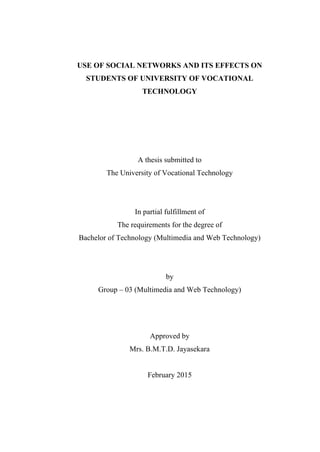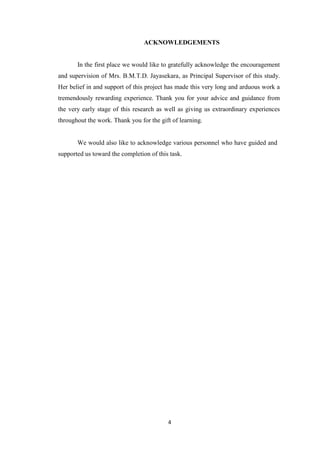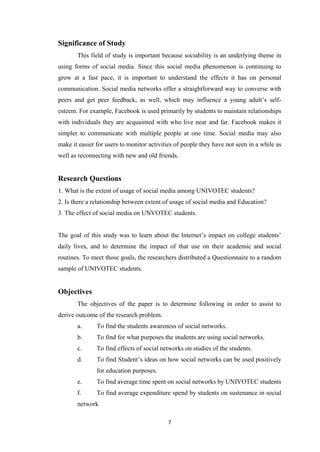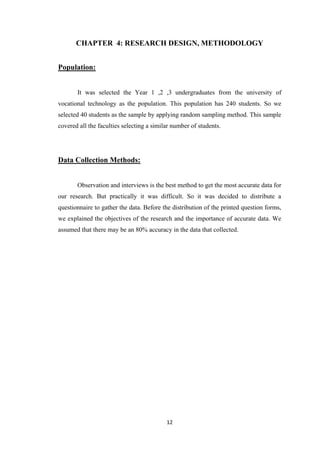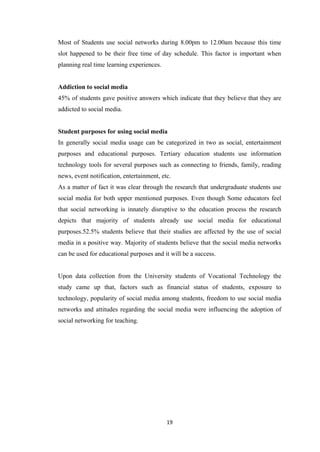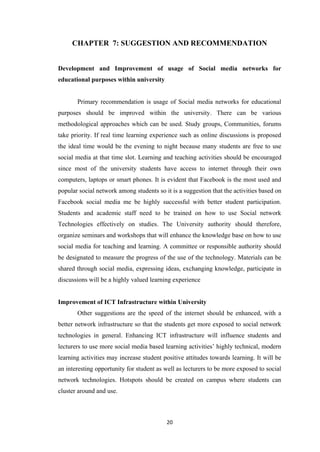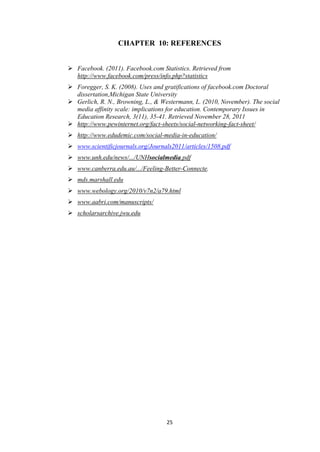This thesis explores the impact of social networking sites on students at the University of Vocational Technology. A survey of 50 students revealed that while social media usage is prevalent among this demographic, a significant number perceive its effects to be negative on academic performance, particularly among younger users. The study highlights the importance of understanding social media's implications for student engagement and communication in educational contexts.
